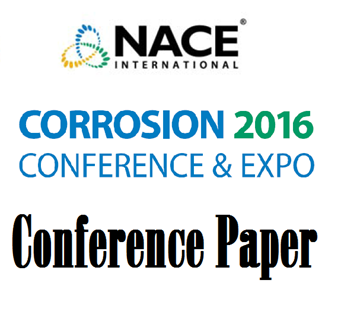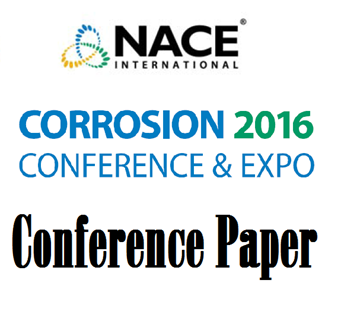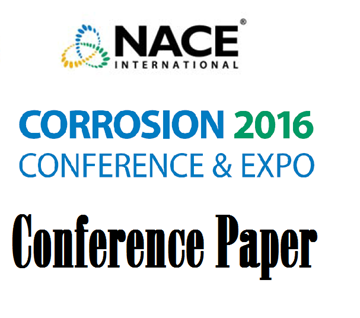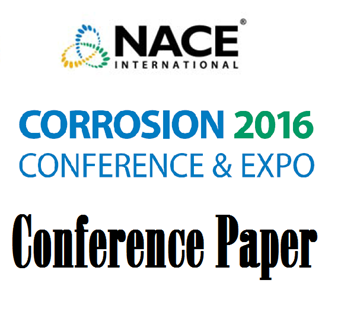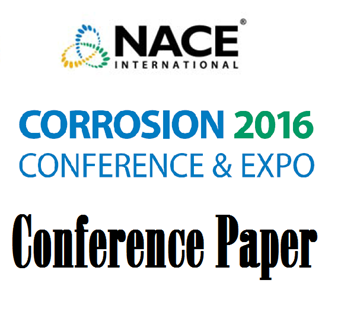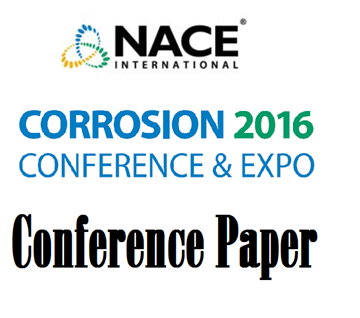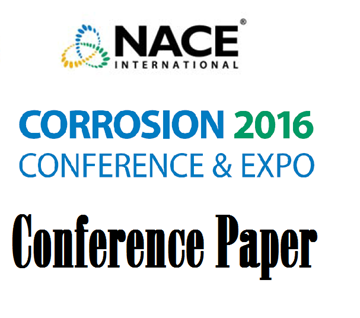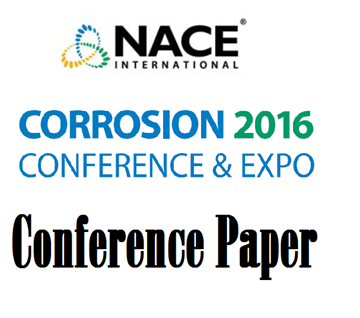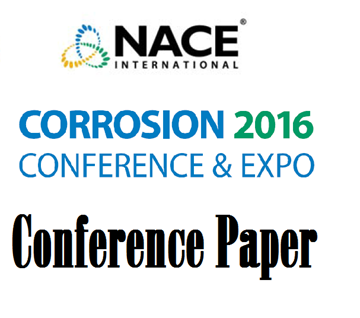Search
Materials Selection and Design
View as
Sort by
Display
per page
51316-7198-Comments on ASTM G48
Product Number:
51316-7198-SG
ISBN:
7198 2016 CP
Publication Date:
2016
$20.00
51316-7237-Corrosion Assessment of Nickel-based Alloy Candidates for SCWR Fuel Cladding
Product Number:
51316-7237-SG
ISBN:
7237 2016 CP
Publication Date:
2016
$20.00
51316-7265-Corrosion Behavior of Cr and Cu Containing Low Alloys Steels in Solution
Product Number:
51316-7265-SG
ISBN:
7265 2016 CP
Publication Date:
2016
$20.00
51316-7267-Impact of Microstructure on Hydrogen Solubility and Diffusivity in UNS 07718
Product Number:
51316-7267-SG
ISBN:
7267 2016 CP
Publication Date:
2016
$20.00
51316-7270-Electrochemical Corrosion Behavior of Niobium Alloys as Metallic Bio-Implants
Product Number:
51316-7270-SG
ISBN:
7270 2016 CP
Publication Date:
2016
$20.00
51316-7272-Electrochemical Study of Nb-10Ta-1Re and Ti-6Al-4V Alloys for Dental Implant Applications
Product Number:
51316-7272-SG
ISBN:
7272 2016 CP
Publication Date:
2016
$20.00
51316-7307-Impact of Biocomponents in the Fuel and Heating Oil on the Compatibility of Sealing Materials
Product Number:
51316-7307-SG
ISBN:
7307 2016 CP
Publication Date:
2016
$20.00
51316-7319-Effect of Elements Mo and W on Humidity Corrosion of Low Alloy Steels in H2S-Containing Environment
Product Number:
51316-7319-SG
ISBN:
7319 2016 CP
Publication Date:
2016
$20.00
51316-7325-Investigation of the Stress Corrosion Cracking Behavior of Duplex and Lean Duplex Stainless Steel Parent and Weldment Materials in Sour Service
Product Number:
51316-7325-SG
ISBN:
7325 2016 CP
Publication Date:
2016
$20.00
51316-7326-Estimation of Critical Localized Corrosion Potentials of Duplex SS with Galvele's Model
Product Number:
51316-7326-SG
ISBN:
7326 2016 CP
Publication Date:
2016
$20.00
51316-7328-Comparing Environmental Resistance of UNS R55400 Tubulars to Other Oilfield Titanium Alloys
Product Number:
51316-7328-SG
ISBN:
7328 2016 CP
Publication Date:
2016
$20.00
51316-7331-Corrosion Resistance of Cast Nickel Base Superalloys in Environments Relevant to Gas-Turbines Operating on Sulfur Rich Fuels
Product Number:
51316-7331-SG
ISBN:
7331 2016 CP
Publication Date:
2016
$20.00

